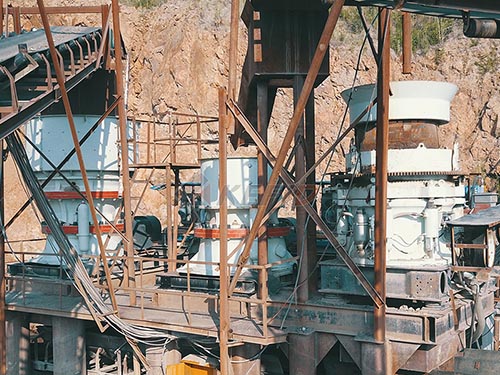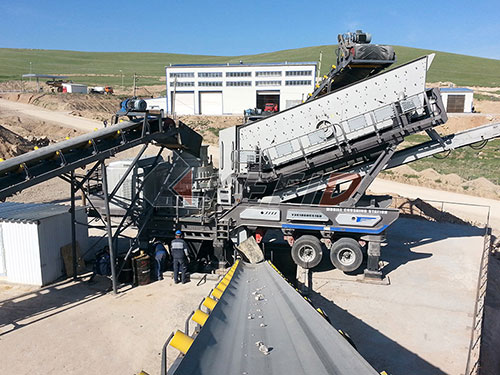Navigating the Cost Landscape of Crushed Limestone Conveyor Systems
The efficient movement of crushed limestone is fundamental to countless industries – from construction and agriculture to cement production and flue gas desulfurization. Selecting the right conveyor system is critical for operational success, but understanding its true cost goes far beyond the initial price tag of the equipment itself. The Cost of a Crushed Limestone Conveyor encompasses a complex interplay of capital expenditure (CAPEX), operational expenditure (OPEX), and long-term value factors.
1. Capital Expenditure (CAPEX): The Foundation
This is the upfront investment required to purchase and install the conveyor system:
Conveyor Type & Design: Belt conveyors are most common due to versatility and efficiency over long distances, but apron conveyors might be chosen for extremely heavy loads or steep inclines. Screw conveyors are suitable for shorter distances but less efficient for large volumes.
Cost Factor: Belt width, length, incline angle, drive power requirements, material specifications (e.g., abrasion-resistant belting).
Structural Components: This includes frames, supports (trestles or gallery structures), transfer points, chutes, hoppers, and walkways.
Cost Factor: Height required above ground/obstacles, span lengths between supports, seismic/wind load requirements.

Drives & Motors: The power unit driving the system.
Cost Factor: Horsepower needed based on length, incline, capacity, material density; type of motor/starter; variable frequency drives (VFDs) add cost but offer energy savings.
Idlers & Pulleys: Critical components supporting the belt and guiding its path.
Cost Factor: Quantity based on length; quality/heavy-duty idlers are essential for abrasive limestone; impact idlers at loading zones; pulley diameters.
Belting: The single most critical wear component facing constant abrasion from crushed limestone.

Cost Factor: Belt width; ply rating; cover thickness & compound quality (highly abrasion-resistant rubber compounds are essential); special features like rip detection cords significantly increase cost but prevent catastrophic failure.
Safety & Control Systems: Emergency stops, pull cords guards around moving parts dust suppression systems at transfer points belt alignment switches speed monitors fire suppression systems motor control centers PLC integration.
Cost Factor: Complexity level regulatory requirements level of automation desired.
Installation Labor

Leave a Reply